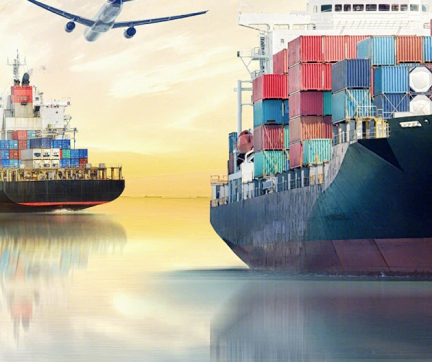
The development prospects of freight transportation in Australia are relatively optimistic, mainly driven by factors such as the growth of market demand, policy support, optimization of industry services, and the trend of sustainable development. However, it also faces challenges such as market competition and compliance requirements. The following is the specific analysis:
The market demand continues to grow
E-commerce drive: The e-commerce market size in Australia is expected to continue to grow, with a large demand for online shopping and a high proportion of cross-border online shopping, which provides a broad market space for the freight industry. Consumers have a high acceptance of cross-border consumption and tend to conduct cross-border online shopping in English, which requires freight enterprises to provide fast and reliable logistics and distribution services.
Diversified freight demand: Australia is vast and sparsely populated, with abundant resources. Whether it is logistics distribution between cities or resource transportation in rural areas, the support of the freight industry is indispensable. In addition, with the continuous growth of the Australian economy and the increasing frequency of trade exchanges, the demand for freight transportation is also growing steadily.
Policy support and trade facilitation
The policy environment is favorable: The Australian government encourages foreign investment and entrepreneurship, providing a good policy environment for the freight industry. The government has introduced a series of policies and measures to simplify the customs clearance process and lower trade barriers, such as implementing free trade agreements, optimizing customs clearance services, and promoting the e-commerce single window system, creating a more convenient and efficient environment for cross-border logistics.
Advantages of the trade agreement: Goods that comply with the China-Australia Free Trade Agreement (ChAFTA) can enjoy zero tariffs and require the provision of a certificate of origin. This helps to reduce trade costs and promote freight exchanges between China and Australia.
Industry service optimization and innovation
Diversified logistics solutions: Numerous professional third-party logistics companies and e-commerce platforms have built their own logistics systems, providing merchants with a wide range of logistics solutions to meet different needs. For instance, we offer Australian sea freight logistics, Australian air freight, Australian double-clearance dedicated lines, and DDU/DDP door-to-door services, etc.
The application of technology enhances efficiency: The cross-border logistics industry in Australia has integrated advanced technological means, such as Internet of Things technology and big data analysis, achieving real-time and transparent cargo tracking, which has greatly improved the efficiency and accuracy of logistics.
Sustainable development trend
Green logistics transformation: In the face of the challenges of global climate change and environmental protection, Australia's cross-border logistics industry is actively transforming towards green and low-carbon development. Measures such as adopting environmentally friendly packaging materials, optimizing transportation routes to reduce carbon emissions, and promoting the use of renewable energy have not only enhanced the overall image of the logistics industry but also contributed to achieving sustainable development goals.
Market demand-driven: The enhancement of consumers' environmental awareness has also prompted enterprises to adopt more environmentally friendly practices in procurement, packaging and transportation, which provides market impetus for the development of green logistics.
Challenges and opportunities coexist
Fierce market competition: Although the demand for the freight industry in Australia is large, the competition is also relatively intense. Freight enterprises need to possess certain professional qualities and experience to stand out in this industry.
Strict compliance requirements: Australia has strict regulatory requirements for imported goods, including tariffs, GST, special commodity taxation, and prohibited goods regulations, etc. Freight enterprises need to be familiar with relevant policies to ensure the compliant transportation of goods.

